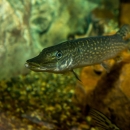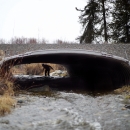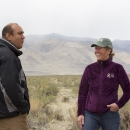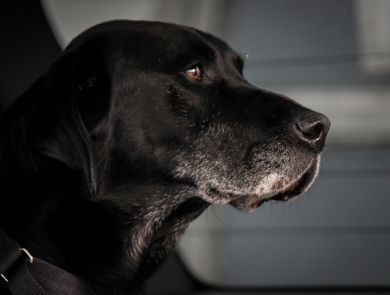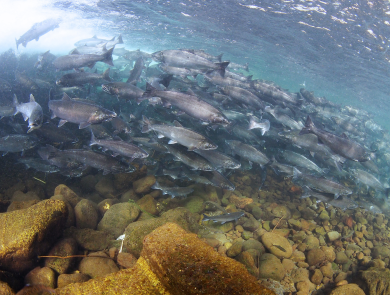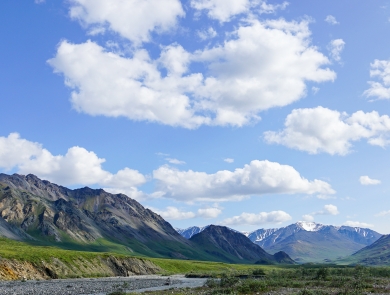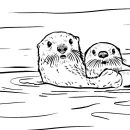Birds are sensitive during the nesting season. Vegetation clearing, ground disturbance, heavy wake near shorelines and other site construction and recreational activities can destroy eggs or nestlings or cause nest abandonment. If you encounter an active nest, leave it be and give it space until young hatch and depart the area. Do not destroy eggs, chicks, or adults of wild bird species. Learn about the laws that govern migratory birds in Alaska including possible exceptions for subsistence gathering. More information on avoiding waterbird harassment and timing recommendations for construction activities to minimize impacts to nesting birds.
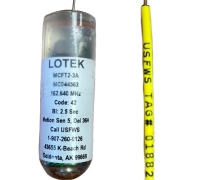
We are using radio telemetry to help understand the migration of Kenai River Coho Salmon. Tagged Cohos will have a yellow floy tag on the top base of their dorsal fin. The radio tag is located internally. Please contact Ken Gates with the following if you catch a tagged Coho Salmon: Radio tag code/BI/frequency (MHz); floy tag #; date/location caught, and your name (optional). Thank you!
About Us
We are connected to the Anchorage Fish and Wildlife Conservation Office and operate together as the Southern Alaska Fish and Wildlife Field Office. Our biologists track trends in salmon returns and migration timing and work with partners to identify and fix barriers that stymie fish passage fish passage
Fish passage is the ability of fish or other aquatic species to move freely throughout their life to find food, reproduce, and complete their natural migration cycles. Millions of barriers to fish passage across the country are fragmenting habitat and leading to species declines. The U.S. Fish and Wildlife Service's National Fish Passage Program is working to reconnect watersheds to benefit both wildlife and people.
Learn more about fish passage and restore fish habitat.
